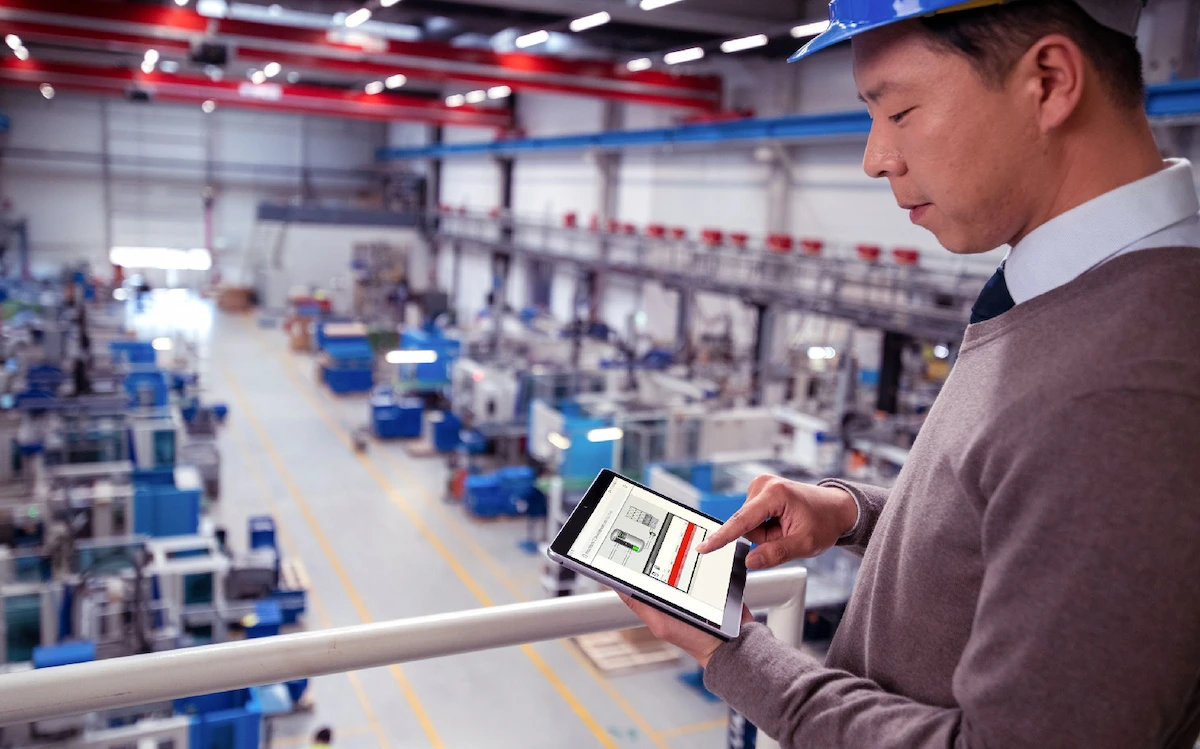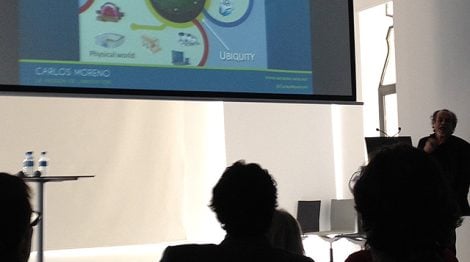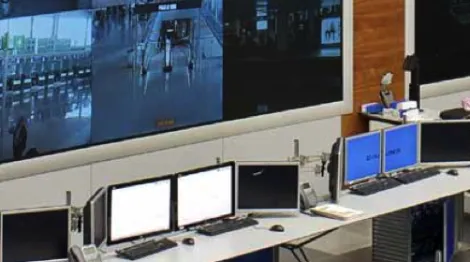Reinventing Traditional HMIs: 5 Strategies for Building Advanced Operations Control
The latest technological advances have brought significant improvements to HMI/SCADA solutions, giving rise to a new generation of interfaces that have nothing to do with traditional systems. Take adv...

Since their emergence more than three decades ago, HMI/SCADA systems have been a fundamental component in industrial operations. Recent technological advances have brought significant improvements to these solutions, giving rise to a new generation of HMIs that have nothing to do with traditional systems. Therefore, now more than ever, companies must adopt new strategies that allow them to execute advanced operations control, if they do not want to experience the evolution of the market from a distance. In this article, we will introduce five of these as good practices to start:
1. Develop a foundation for real monitoring and control
Considering that we are in a very early stage of the transition to automation, it is not surprising that many companies still maintain manual processes or basic computerized versions of them: order entry through notes, production planning also by hand… All these processes are complex, time-consuming and often require twice the effort.
An advanced HMI software that visualizes and integrates disparate systems allows automating reports, recipes and other records, storing them in a central repository and improving, therefore, the situational awareness and the global visibility of the process. In addition, it helps reduce the use of paper and enables remote access to production and management systems.

2. Eliminate operational silos to align the business
Working in silos is inefficient: barriers are created within the organization that prevent the free flow of information and collaboration between teams or departments. Non-integrated systems hinder standardization and access to coherent and updated data, which leads to reprocessing, cost overruns and other problems.
To eliminate these silos, companies must deploy HMI technologies that connect all their operating groups and minimize response times. Implementing a web-based reporting system will improve information management practices, connecting intelligent assets and integrating real-time operational data.
3. Build uniformity by untangling operational complexities
Without a global method for creating standardized and consistent engineering and business solutions, reprocessing costs would continue to increase continuously. That is why it is so important to eliminate incompatibilities and adhere to well-defined standards.
Automation and visualization platforms must promote standardization, improving operational efficiency and supporting proactive analysis. The ability to “build once, deploy anywhere” must be applied to on-site, cloud and hybrid architectures, offering a solid foundation to reinforce consistency regardless of the size of the organization.

4. Convert technological improvements into business benefits
As an organization uses advanced technology to improve its processes, it can unlock previously hidden value, without taking advantage of it. Therefore, it is essential to make the most of modern digital tools to make impactful decisions.
Providing clear visibility of the operating context allows identifying and correcting value leaks, discovering new business and market opportunities. Similarly, investing in data analysis applications helps identify areas to reduce costs and create value, connecting information through business operations to stop having wasted activities.
5. Preserve achievements while driving continuous improvement initiatives
Finally, once certain levels of optimization have been reached, personnel must be well trained and work processes must become second nature. By automating routine processes and operational decision-making, employees can focus on more efficient activities, improving manufacturing agility and overall team effectiveness (OEE). Other continuous improvement initiatives are scaling data-driven operations at the regional, national and global levels, and aligning real-time operational information with employee activities.

Operational excellence has a unique meaning for each manufacturer, depending on their specific needs, infrastructure and resources. The key is to perceive and leverage the HMI system as a holistic ecosystem to achieve the objectives of each organization.
Two fundamental steps to start your path towards operational excellence are to evaluate the appropriate HMI software that facilitates the development of impactful solutions and to look for partners with advanced products that take advantage of the latest trends in automation. These evaluations will help identify the next actions to improve the sustainability, profitability and longevity of your company.
En Becolve Digital te ofrecemos una estrategia ganadora para acelerar tu viaje hacia la excelencia operativa. Empieza a experimentar todas las ventajas de AVEVA InTouch HMI.





